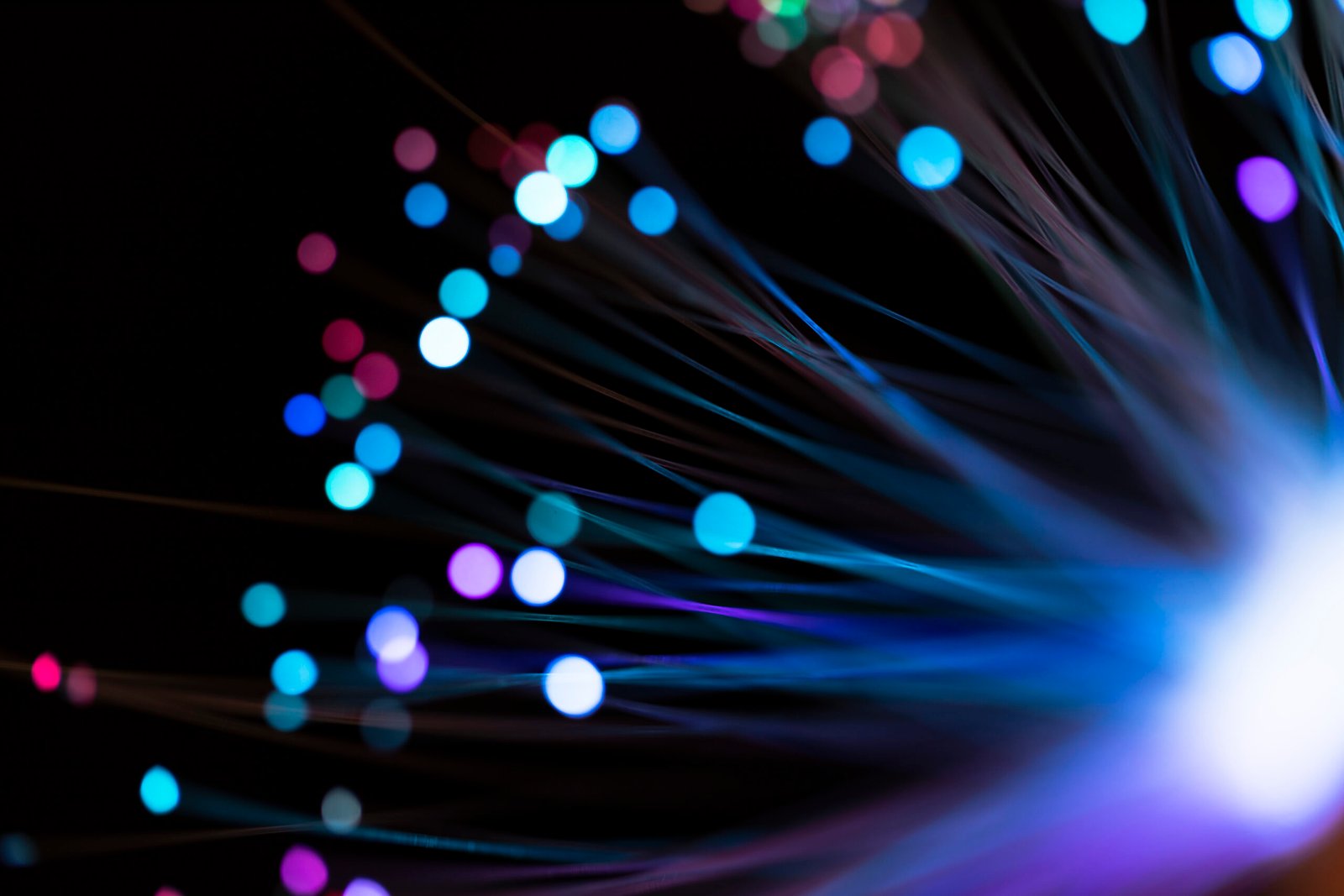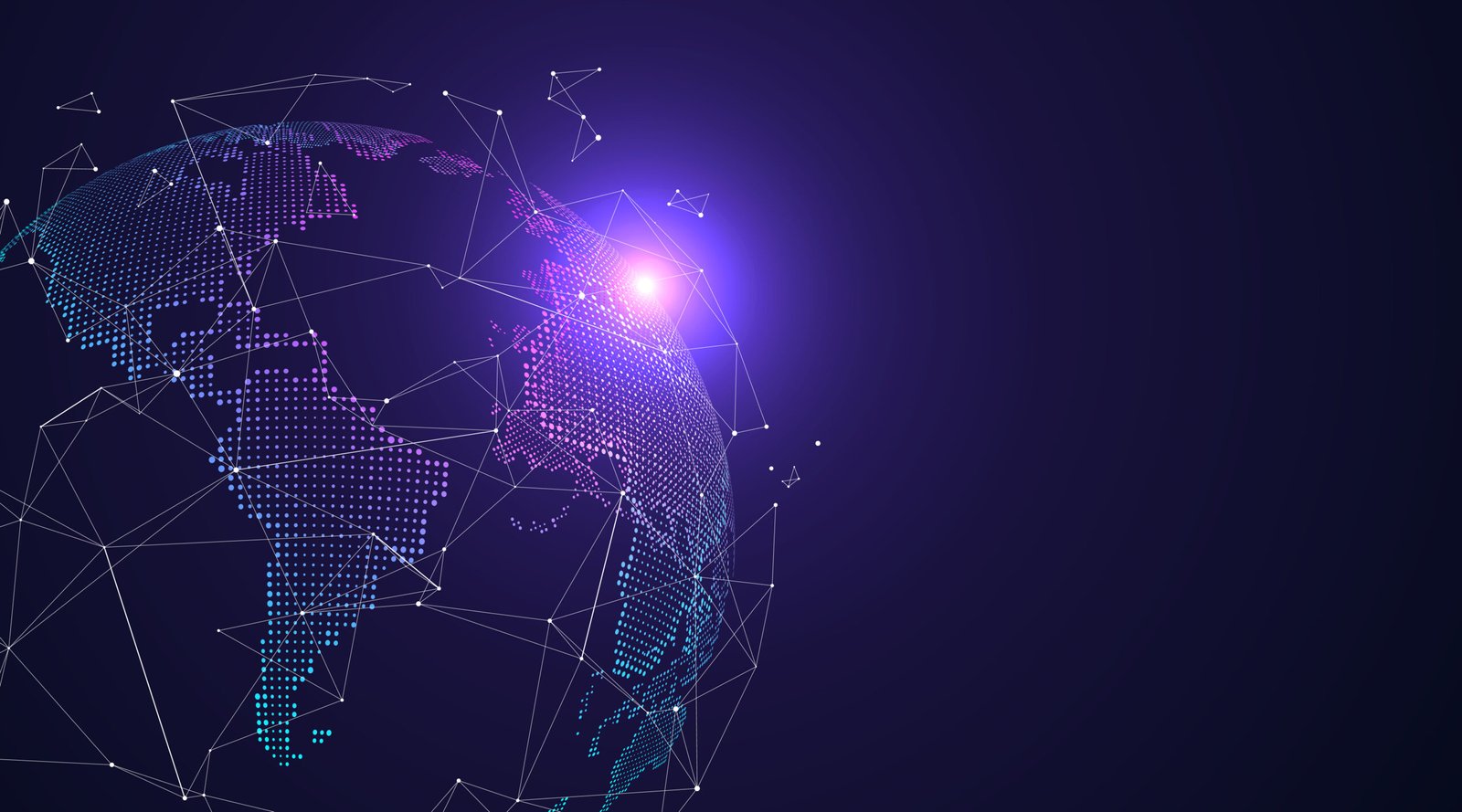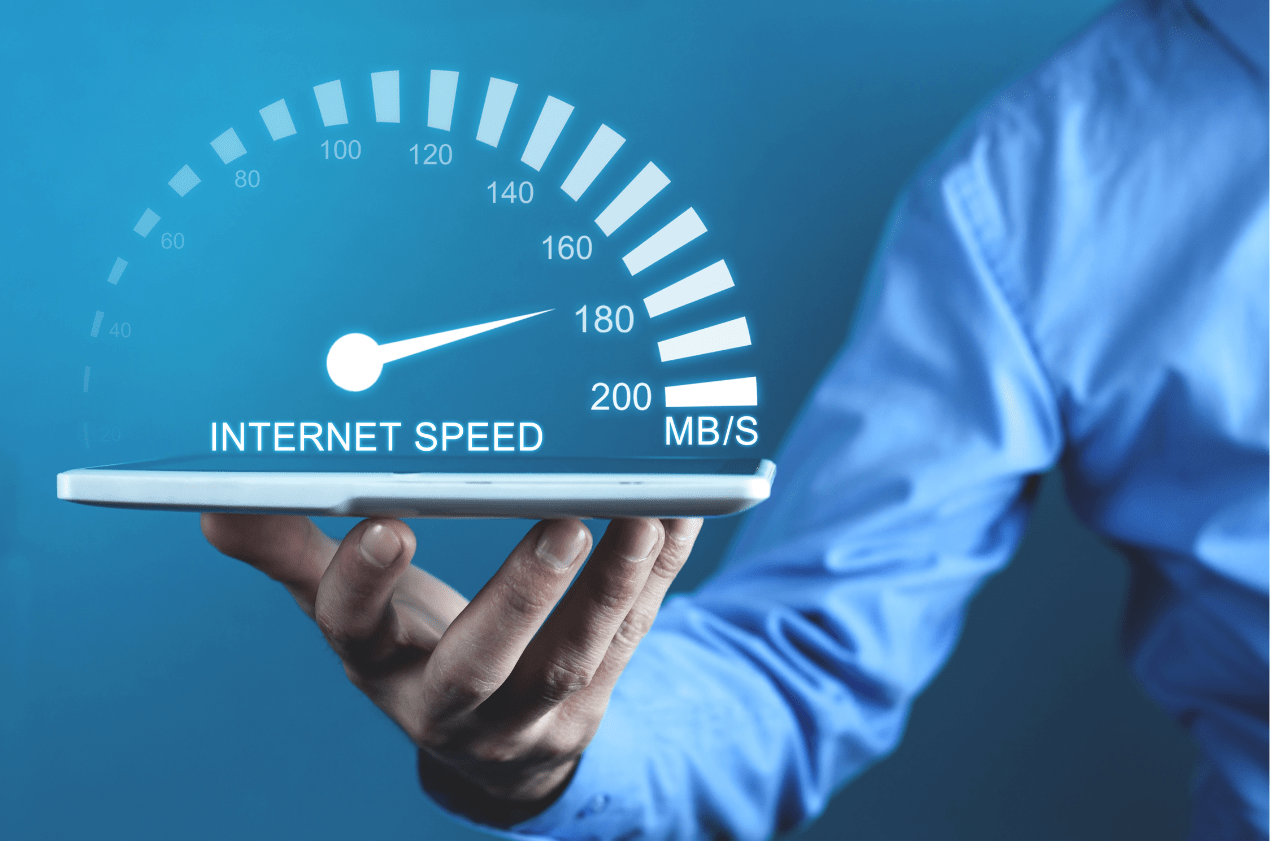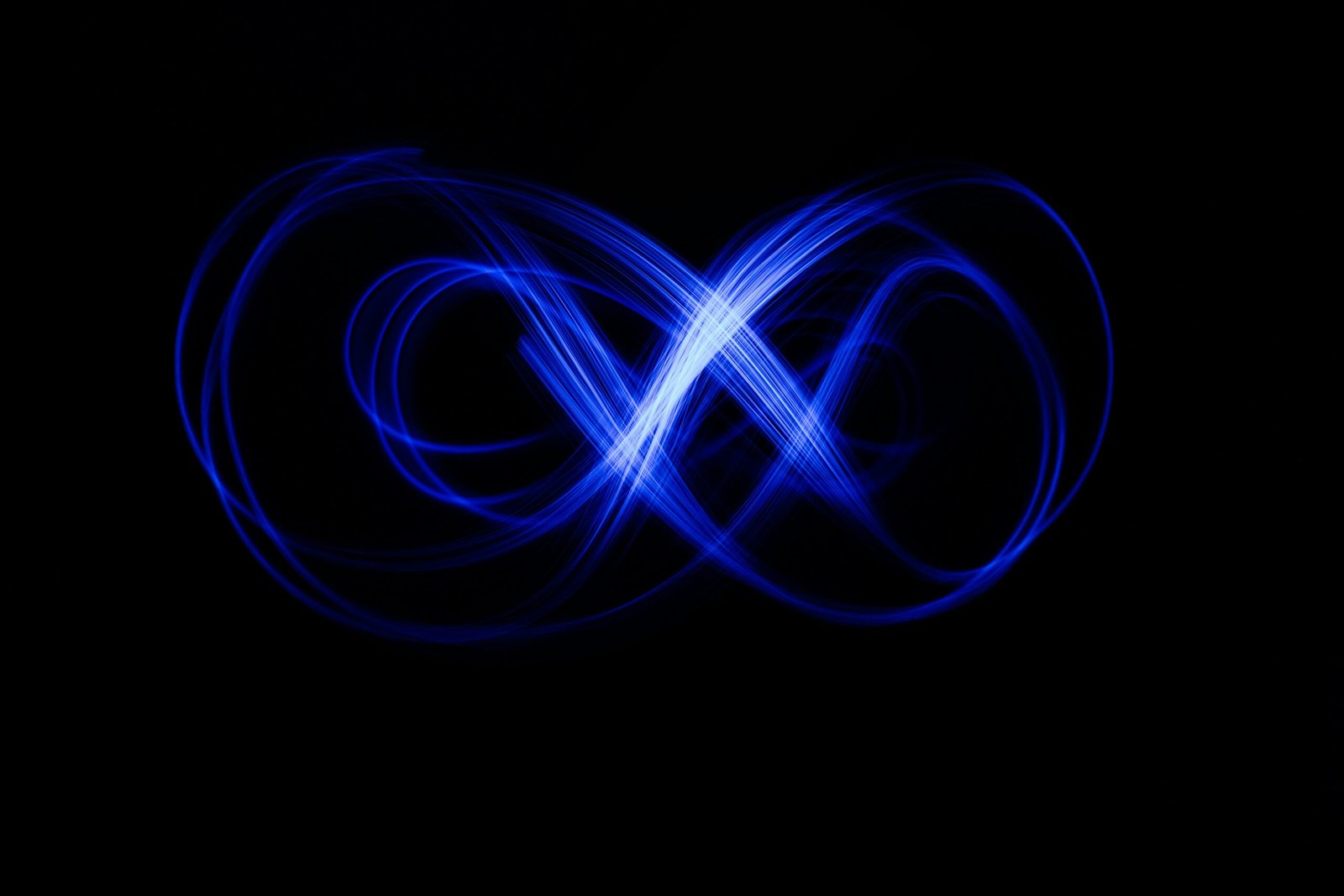
What is Light Fidelity? Applications of Light FIdelity Across Sectors

What is Light Fidelity Technology?
The meaning of Light Fidelity (LiFi) refers to an advanced wireless communication technology that uses visible light to transmit data. Unlike traditional WiFi, which relies on radio frequencies, LiFi technology utilizes LED light sources to enable high-speed, secure, and interference-free connectivity. By modulating the intensity of light at incredibly high speeds, LiFi transmits data to compatible receivers, delivering ultra-fast internet access with reduced latency and increased security.
Why Use Light Fidelity (LiFi)?
Light Fidelity technology offers multiple advantages over traditional wireless communication methods, making it an essential innovation in the digital age. Some of the primary benefits include:
High-Speed Connectivity
LiFi delivers data speeds reaching up to 1 Gbps in real-world scenarios. Laboratory tests have demonstrated even faster speeds, making LiFi an attractive alternative for environments requiring rapid data transfer, such as offices, hospitals, and industrial setups.
Enhanced Security
One of the biggest advantages of LiFi (Light Fidelity) is its inherent security. Since light cannot penetrate walls, LiFi networks are much harder to intercept compared to radio frequency-based systems. This makes it an ideal choice for secure environments like military bases, government institutions, and corporate offices dealing with sensitive information.
Reduced Congestion and Interference
Traditional wireless networks often suffer from signal congestion due to limited radio spectrum availability. LiFi (Light Fidelity), however, operates in the visible light spectrum, which is 10,000 times broader than the radio frequency spectrum. This results in reduced network congestion and interference, ensuring stable and reliable connections in high-density areas such as stadiums, airports, and shopping malls.
Energy Efficiency
LiFi technology utilizes existing LED lighting infrastructure to transmit data, reducing the need for additional power consumption. This makes it a sustainable and cost-effective solution for businesses and public institutions looking to optimize energy efficiency while enhancing connectivity.
Applications of Light Fidelity
LiFi is rapidly gaining traction across various industries due to its speed, security, and efficiency. Some of the most promising applications of Light Fidelity technology include:
Healthcare
Hospitals and medical facilities rely on uninterrupted, secure data transmission to support critical care operations. LiFi technology eliminates the risk of electromagnetic interference (EMI), which can disrupt sensitive medical equipment such as MRI scanners, pacemakers, and life-support systems. Additionally, LiFi facilitates:
- Real-time patient monitoring, allowing doctors to receive instant updates on a patient’s vitals.
- Telemedicine and remote diagnostics, providing faster and more secure data transfers for video consultations and digital health records.
- Enhanced hospital communication systems, enabling healthcare staff to share high-resolution medical images and patient information with minimal delays.
Education
Educational institutions are increasingly adopting smart classroom solutions, and LiFi can take this experience to the next level. Unlike traditional WiFi, which can be slow and unreliable in high-density areas, LiFi ensures high-speed, low-latency internet access that supports modern digital learning. Some of the key applications include:
- AR and VR learning modules, which require high-speed, stable internet for an immersive educational experience.
- Secure data transmission, ensuring that student records and research materials remain protected.
- Reduced exposure to RF waves, making it a safer alternative for younger students and those in early childhood education settings.
Aviation and Transportation
Connectivity during travel is no longer a luxury but a necessity. LiFi is transforming how passengers and crew members stay connected while on the move. It can be deployed in:
- Airplanes, providing ultra-fast, interference-free in-flight internet without affecting pilot communications.
- Trains and metro systems, ensuring seamless internet access in underground tunnels and high-speed transit corridors where radio waves struggle to penetrate.
- Buses and smart transportation hubs, offering uninterrupted access to real-time navigation services, entertainment platforms, and passenger information systems.
Defense and Military
Military and defense operations require highly secure, unhackable communication channels that are resistant to cyber threats. LiFi provides a line-of-sight (LoS) network, making it difficult for unauthorized users to intercept signals. Key applications include:
- Secure military base communications, where sensitive data can be transferred without risk of interception.
- Operations in RF-restricted zones, such as submarines, secure bunkers, and conflict zones where radio frequency use is limited.
- Battlefield connectivity, ensuring instant data transfer between personnel, drones, and autonomous military systems without interference.
Smart Cities
The concept of smart cities revolves around integrating technology into urban infrastructure to improve efficiency, safety, and public services. LiFi can play a vital role in:
- Smart street lights, which double as high-speed internet access points, reducing connectivity gaps in urban areas.
- Traffic management systems, using LiFi to communicate real-time data between vehicles, road sensors, and traffic lights for improved congestion control.
- Public safety networks, ensuring secure, high-speed communication between emergency services, police departments, and disaster response teams.
What Does the Emergence of Light Fidelity Mean to Internet Technology?
The rise of LiFi (Light Fidelity) marks a shift in wireless connectivity, offering fast, secure, and energy-efficient internet. Instead of replacing WiFi, LiFi complements existing networks, reducing congestion and enhancing speed, particularly in high-density areas like offices, stadiums, and public transport.
LiFi also breaks barriers where radio frequencies struggle, enabling underwater communication, underground connectivity in tunnels and mines, and secure data transfer in military and government settings.
Beyond speed, LiFi supports sustainable connectivity by leveraging existing LED lighting infrastructure, reducing energy consumption. As adoption grows, a hybrid network of LiFi, WiFi, and 5G will create seamless, adaptive, and highly efficient digital ecosystems for the future.
The Future of Light Fidelity
The future of LiFi looks promising, with ongoing research and development focusing on increasing its adoption and scalability. Some of the key trends shaping the future of Light Fidelity technology include:
- Integration with 5G Networks: LiFi is expected to play a crucial role in the 5G ecosystem, enabling ultra-reliable, low-latency communications for applications such as autonomous vehicles, smart factories, and remote operations.
- Widespread Commercial Deployment: Businesses and industries are actively exploring LiFi for commercial applications, from enhancing office connectivity to supporting IoT infrastructure.
- Advancements in LiFi Hardware: Innovations in LiFi transmitters, receivers, and hybrid systems are making the technology more accessible and cost-effective for mainstream adoption.
Conclusion on Light Fidelity
LiFi is poised to redefine the landscape of wireless communication, offering unparalleled speed, security, and efficiency. As industries continue to explore its applications, businesses seeking to future-proof their connectivity strategies should consider adopting LiFi solutions.
One such cutting-edge solution is LiFiMAX® by Oledcomm, a high-performance LiFi system designed to deliver ultra-fast, secure, and interference-free internet access. Businesses looking to leverage the advantages of Light Fidelity technology can explore LiFiMAX® to enhance their connectivity infrastructure.
With the ongoing advancements in Light Fidelity, organizations that invest in this technology today will be at the forefront of the next wireless revolution, ensuring seamless and secure digital experiences for years to come.
Get in touch with our experts today!
LiFi stands for Light Fidelity, a wireless communication technology that uses visible light to transmit data.
LiFi offers high speeds, enhanced security, and reduced interference, making it ideal for high-density areas and secure environments. However, WiFi remains more widely available and works in the dark and through walls. Both technologies can complement each other for seamless connectivity.
Visible Light Communication (VLC) is a wireless communication method that transmits data using visible light instead of radio waves, forming the basis of LiFi technology.
Light Fidelity (LiFi) refers to a high-speed, wireless communication system that uses LED light sources to transmit data, offering a secure, interference-free, and energy-efficient alternative to traditional WiFi.
Recent articles

Categories
See some more...



